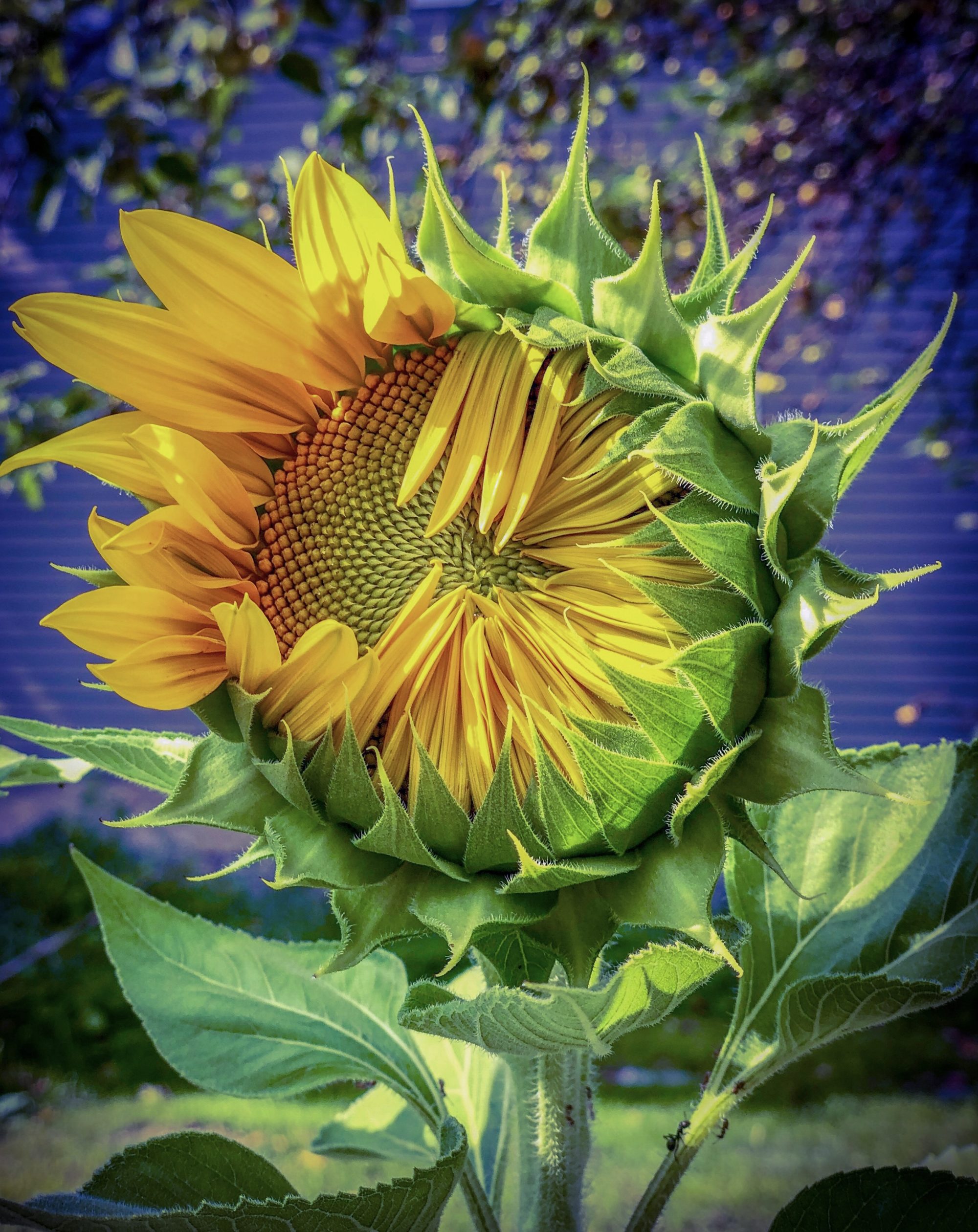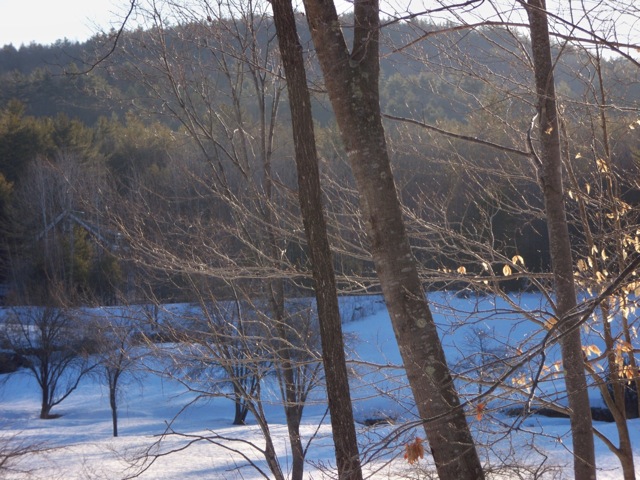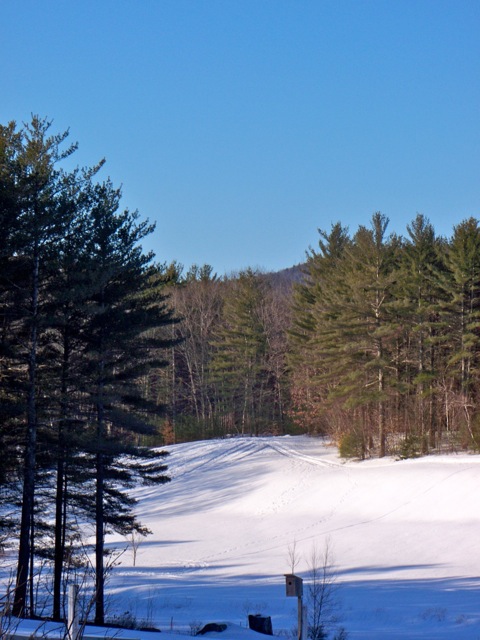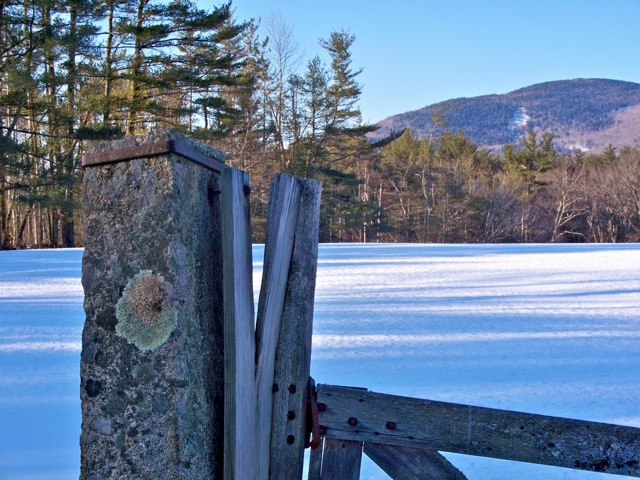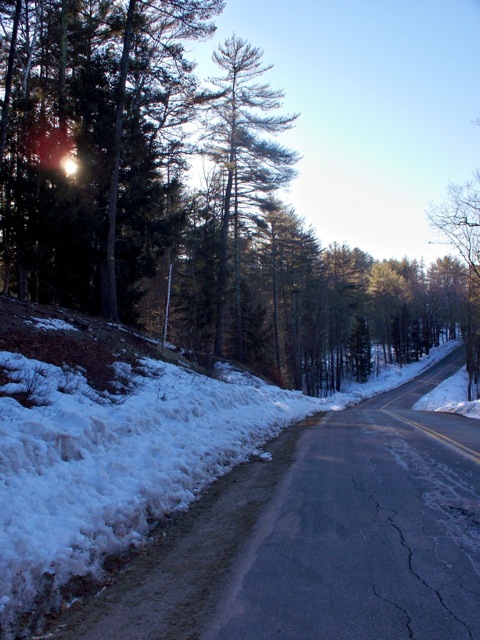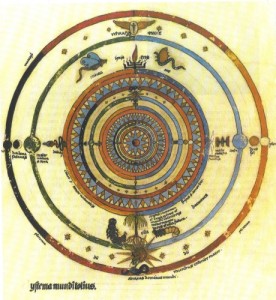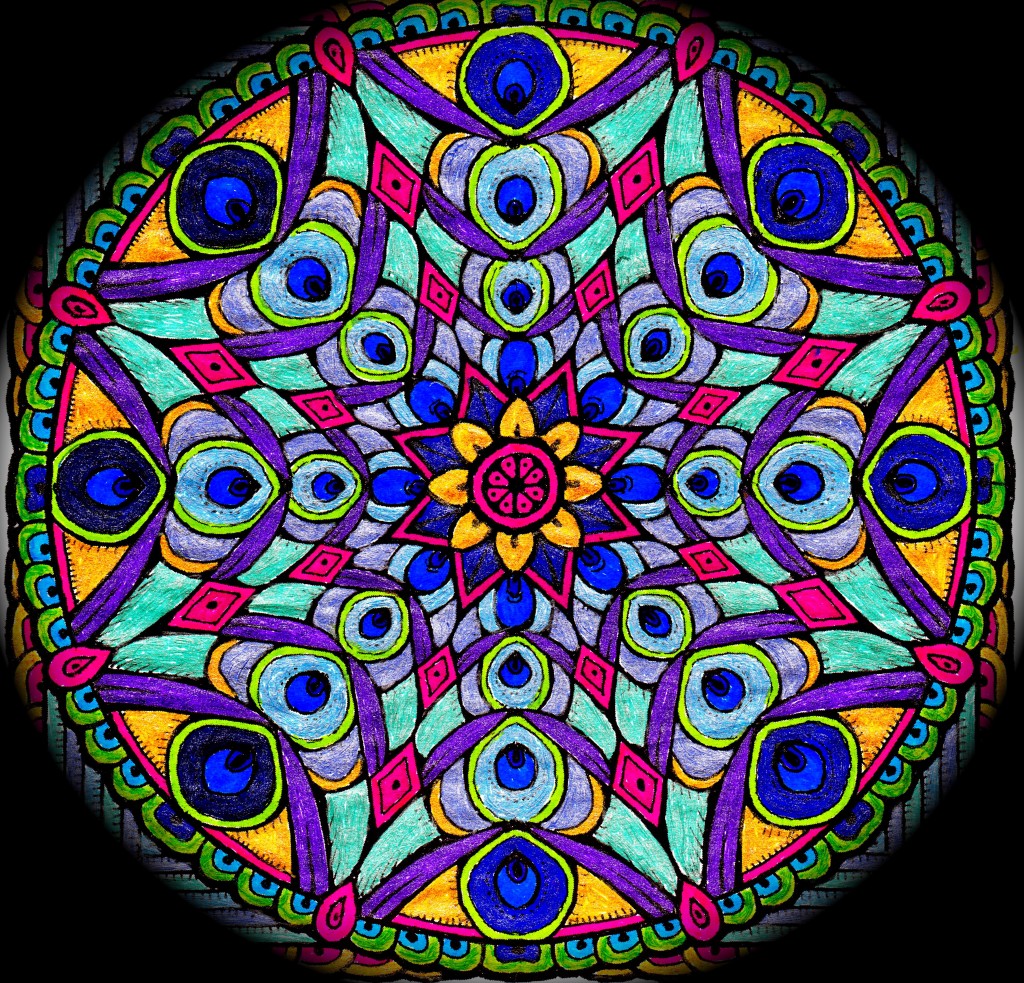
This above all, to refuse to be a victim. — Margaret Atwood
Last week, a client I’ve been speaking with for most of my professional life called.
A scientist in a prestigious institute, Tracy is transgender, in the closet most of the time. During our first conversation over 15 years ago, my role was cast: I was the go-to girlfriend to help her explore her true self, a person in whom to confide. Our talks explored ways for Terrance to be Tracy, while married to a heterosexual woman, and working as a successful male in the scientific community. Tracy’s come into her own these past years, and I think she has embraced her identity as much as one can without surgery. What I believe Tracy values is that I give her the freedom to be herself, and that I talk with her as a girl — which is to say, I talk to her without assuming that she’s playing gender pretend.
I am proud of this aspect of my career as a sex-worker. I’ve been listening to and encouraging many closeted folks long before this kind of dialogue was in the mainstream. I’ve dealt with many who didn’t fit into normative boxes. All I’ve done is listen, and sometimes dole out too much unsolicited advice in the hope that I may be helping.
After Tracy and I spoke this past week, it bothered me to think of Tracy as transgender — a label that would have her live in a limiting psychological prison, as though she is in between one thing and another, a label that obscures her personhood. It may be true that externally, Tracy’s life has been an evolution from one way of being into another, but in her soul, Tracy has always been just Tracy. She’s a devoted father, a husband, a scientist, a writer, a woman with great taste in clothes and shoes, a compassionate and caring human. She navigates life’s complexities well, and I don’t see her as being “trans” anything. Tracy is Tracy, a woman experiencing life deeply, as she owns her story and herself more fully.
Over the past few months, I’ve been writing these entries as a human with a wide variety of experiences. Broader experiences than many, I suspect, which I think is necessary in order to write with some grace and substance. Several times recently, while thinking about the handful of entries that I’ve offered, I’ve asked myself, “where’s the sex?” “Where’s all the stuff about sex workers rights, and economics, and equality.” The memoir that’s coming together that presumably gives people permission to write their own stories, in order to lovingly embrace every day of their lives, and not be victims of other people’s well intentioned if ignorant narratives — where’s all that stuff, in these entries?
Well, the sex worker story is only one story, and because I am more than just a sex worker, there are hundreds of stories that I own and live and breathe. My problem is too many stories, not enough time (and really poor proofreading skills).
The bigger problem seems to be the label. Society, the socialization game, deems some labels good, some bad. Good labels: doctor, teacher, professor, scientist, married with children, etc. Bad labels: transgender, homosexual, sex worker. Although homosexual and transgender are far less onerous these days then “sex worker.” But all labels do is keep the status quo cozy in its lethargic security blanket, nursing on inertia’s comforting, delusional milk. None of these labels have to do with our personal depths, or capture the breadth of experience signified by the label, as well as the complexities beyond the label. I’d also argue that many of the good labels actually perpetuate bad social norms, but probably best not to start down that road.
When Tracy and I spoke, I talked with her about my own coming out over the past couple of years, and expressed my discomfort at stereotyping sex workers as victims. The label is sympathetic to the work’s many difficulties, and legally necessary within the context of trafficking. However, it is psychologically problematic in helping people wrestle their lives from the grips of other people’s judgements and sympathies when we identify a person as a “victim,” especially in the context of sex work.
I’m not at all convinced that coming out as a “victim” makes one stronger — come out as a survivor, always. That’s where to find the power.
The victim label excludes a wealth of experience, strength, insight, character qualities, and the possibilities that an individual brings to their life, and the lives of others. It reduces a person’s life to a single experience or series of experiences, and reduces the person to a caricature. A cartoon is a simple line drawing depicting the basic elements of form — yet most of us prefer living three dimensionally, in the world of color, light, and shade. By slapping on the victim label we render too many too simply, preventing a more cohesive, developed portrait, a life representation that every human has the right to.
The most profound tragedy may well exist in the label.
****
After I moved to Cambridge several lifetimes ago, I visited an elderly Holocaust survivor through Jewish Family and Children’s Services. To me, Michael was a great teacher, a simple and quiet man, living on the economic margins, with humility and dignity. Michael had been imprisoned in both Dachau and Auschwitz, a Polish Jew who lost everything when the Nazi’s ripped his eleven employee linen business away from him, and separated his wife and only son from him. He never saw them again, never found them after the liberation, they became invisible under history’s weight.
He could have framed his life in the imagery and metaphors of loss and hate. He did not. Instead, he found a more meaningful message in his experiences. Michael told me over my first Jewish Shabbat, that he prepared for us to share: “the Germans were just people, too. Just people, just people . . .” his crooked arthritic index finger gently wagging, his round brown eyes filled with uncommon understanding. I still see his eyes as he described to me how his ten year old son and wife were taken away, screaming, ripped from him, while he was violently ushered away by the Gestapo in the opposite direction. The wisdom that Michael gave to me I have never forgotten: we’re all very small players in the march of history, most of us are trapped in forces larger than we will ever understand, and we’re all just humans.
Michael understood that labels serve little useful purpose, they divide us instead of bringing us together.
And he never once used the label victim in the context of his story: he wrote poetry and prose about his experiences, which he shared, but never in his words, no matter how graphic their images of the camps, did Michael carry bitterness. I never saw Michael carry himself or refer to himself as a Holocaust “victim.” Rather, he saw himself as someone with a story to share, that might help others, lead them beyond hate and into understanding a reality beyond all our moral labels: we’re all just people. Pretty simple. No Elie Wiesel Nobel accolades, just one man’s story, wrestled from more heartache than most of us will ever experience. One story at a time, one poem at a time, never with much fanfare, Michael put it out there, “just people.”
Whenever some well intentioned ideologue talks about the “evils of Hitler and the Nazis,” usually in the context of some distracting, moralizing political discussion, in the heat of demonizing party politics, I often remember Michael, and the gift of his wisdom and friendship. “The Germans were just people.” He was such a rare and special soul that I have always considered myself unworthy of his gentle humanity, and treasure his simplicity as one of my life’s great spiritual teachings.
At first I found it odd that Michael came to mind while writing this entry — but it makes sense. He taught me long ago that those whom it would be easy to demonize are “just people,” part of cultural forces much larger than ourselves. They, too, have their stories, I learned many moons ago. “Just people” is the standard I’ve tried to maintain throughout my professional career as a “sex worker,” a label that reduces an extraordinarily complicated profession into an easily digestible two word phrase for mass consumption. A profession flippantly denigrated in the word “whore,” a term that very few have earned the right to appropriate for use.
“Just people.” Practiced on my end sometimes better than others, because some of the damage that strolls through a sex worker’s life is not for the faint hearted or self-righteous. That’s been my lesson in these years of work.
Sex workers are just people. That sounds like a given, but I think it’s much easier and smarter than worrying about if they are social victims or sexual liberators, which is how such discussions frequently split among social activists: sex workers usually cast either as poor victims or heroic vixens. But they are just people. And because they are just people, they have a right to carve out lives and stories like everyone else, without a stigmatizing label that has less to do with their humanity than a fairly slow machine called “the wheels of progress,” a mechanism propelled by the ubiqutious fear of our creative impulse.
